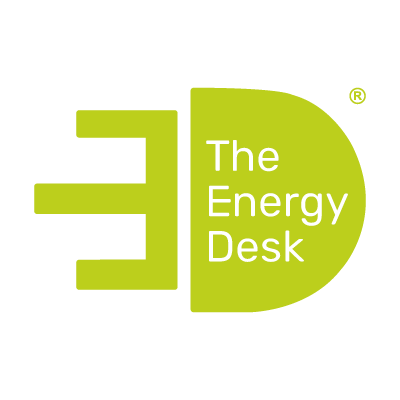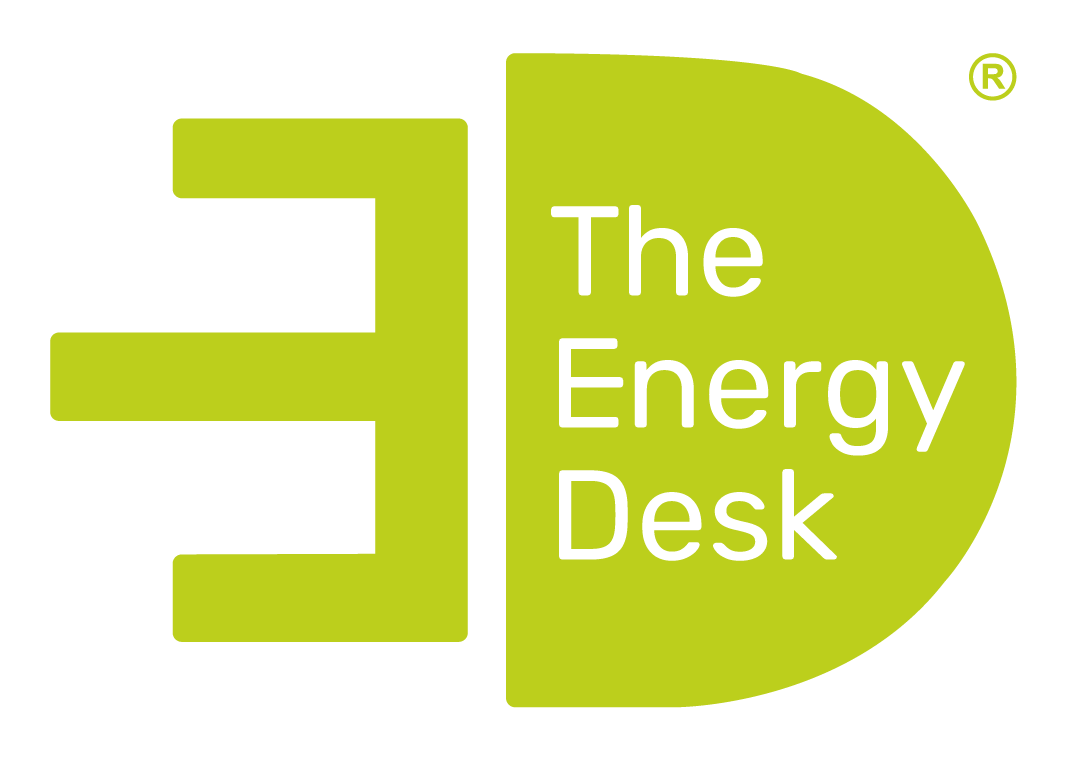Solar PV systems transform energy from the sun into electricity and one of the many reasons it proves to be so popular is because solar PV systems are straightforward to use and highly cost-effective. The chances are you’ve noticed more homeowners using them and seen them popping up more often these days and there is a good reason for this! With that in mind, read on to discover more about solar PV systems and how they work.
The basics
As previously mentioned, solar PV panels transmit sunlight into working electricity, however, you may be asking yourself – what is the actual process behind this?
It can seem a little complex if you are not familiar with it, however, it all comes down to the photovoltaic effect, a process which we will go on to explain in more detail below:
- Sunlight reaches the solar panels and then establishes an electric field.
- The electricity which is generated will flow to the edge of the panel and then pass into a conductive wire.
- This conductive wire pushes the electricity to the inverter, this is when it gets transformed from DC electricity to AC, this is what is utilised to power buildings.
- Another wire transmits the AC electricity from the inverter into the electric panel based on the property (also referred to as a breaker box), this distributes the electricity across the building as required.
Any electricity which is not required will then go on to pass through a utility meter and through to the utility electrical grid. As the electricity flows through the meter, it will then cause the meter to run backwards, crediting your property for any of the excess generation created.
How much electricity does a solar panel produce?
The amount of electricity that is created differentiates depending on several factors. This includes its location in relation towards the sun, the amount of shade the roof is exposed to and the sloping of the roof itself. Before solar PV is installed, you may need to answer a few questions relating to
your roof in order to receive an accurate estimate of how much electricity from your solar panels will be generated from your roof.
Taking shade into account
You may not be surprised by the fact that shade can harm the efficiency of a solar PV system and lowers the available roof space. If you do not get shade on your roof due to chimneys, trees or surrounding buildings there may be other solar solutions available to increase the efficiency of the system and support you in minimising the effect of shading.
PV panels allow businesses to generate their electricity, reduce their carbon footprint and save money on energy bills. Plus, for every kilowatt-hour (kWh) of electricity generated, your business could generate income via the Government’s Feed-in-Tariff. See how much you could save with solar energy solutions by booking a free feasibility study with TED. Call 03330 151 221 or contact us via our website.

